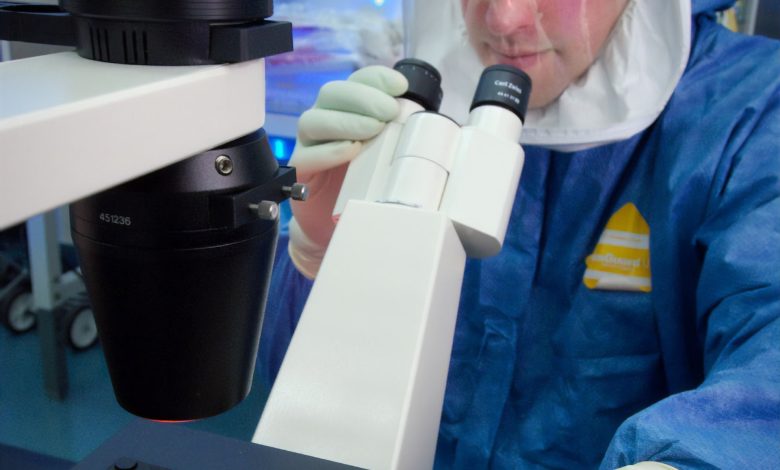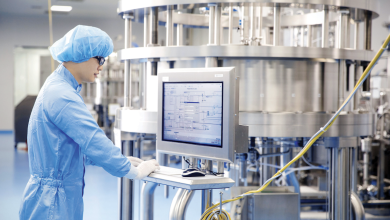
Stem cells have spectacular abilities because they are responsible for rebuilding tissues that keep people alive. Typically, your whole existence depends on them. If you ever get a wound on your skin, stem cells spring into action by helping you heal and can also treat various diseases. Such reasons are why stem cell research is vital to humans.
Every day, scientists from all over the world study stem cells to further their knowledge of the human body and the practice of medicine.
Importance of Stem Cell Research
The two features that set stem cells apart from other cells are their capacity for self-renewal and differentiation, which allow them to develop into highly specialized cells. Just like the study of genetic engineering, stem cell research can provide scientists with information on how aging affects human function and impacts several health conditions. With stem cells, they can identify diseases and injuries earlier, diagnose more accurately and use more effective therapies to study how living things operate.
Through laboratory investigations, scientists can conduct stem cell research with proper quality control and learn about their fundamental characteristics and what sets them apart from other specialized cells. In the lab, researchers are already using stem cells to test new medications, create model systems for the study of healthy growth and pinpoint the origins of birth abnormalities.
In addition to testing how medications might affect various organs such as the liver, kidneys or the entire human body, scientists can employ stem cells or tissues produced from them to find new drugs that improve their function or slow the progression of a disease.
Scientists are investigating how to create tissue from stem cells that, when transplanted, will replace tissue harmed by disease, aging or injury. Clinical experiments are now being conducted, for instance, on transplanting healthy retinal pigment epithelial cells into the eye to replenish those that macular degeneration has destroyed. Researchers are also looking for ways to help the body mend itself by encouraging stem cells to produce healthy cells that can either fix existing damage or stop it from happening again.
The Big Progress in Stem Cell Research
While stem cells are present in all adult body tissues, they are not easily accessible for research in areas like the brain, muscles and stomach. Scientists like Shinya Yamanaka and Kazutoshi Takahashi changed the game and introduced the first induced pluripotent stem cells (iPSCs).
Yamanaka and Takahashi created iPSCs by treating normal mouse skin with four growth factors. These four elements might reset the adult mouse skin cells. Within two to three weeks, they converted the skin cells into pluripotent stem cells, one of the most potent forms of stem cells.
The following year, research from Yamanaka’s lab and other groups demonstrated that the same technique also worked with human skin cells. Shortly after, reprogramming was tested on mature cells from all parts of the human body in labs around the stem cell research community.
In essence, they discovered a technique that can create any cell in the body when it is in an embryonic-like condition. Now, irrespective of the donor tissue available, researchers can study any cell in the body thanks to the discovery, which caused a paradigm change in biology. Yamanaka — the team leader — received a Nobel Prize in Medicine in 2012 for discovering iPSCs just six years after uncovering them.
The Future of Stem Cell Research
Health care industries have much to gain from stem cell research, but the only problem is there is still a lot to uncover about this particular cell. For instance, iPSCs are not a precise replica of the stem cells produced by nature. Researchers attempt to determine why and whether the variations matter to science and medicine.
Additionally, scientists are still working to comprehend how reprogramming functions and how to develop every sort of human body cell consistently. These extraordinary cells will continue to assist researchers in studying the human body in a way that wasn’t feasible until 2006 as iPSCs cautiously advance toward the clinic.



